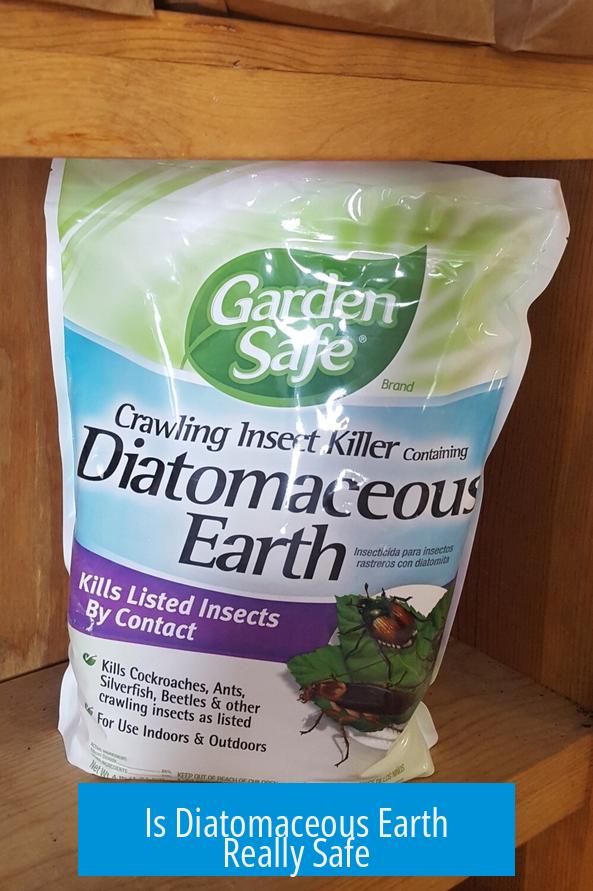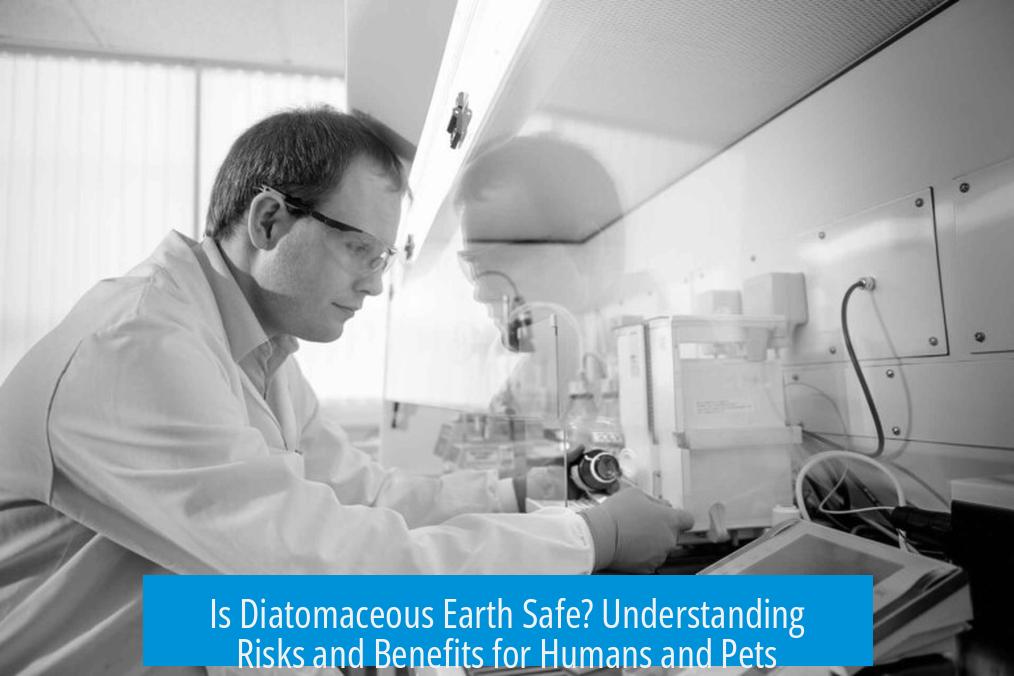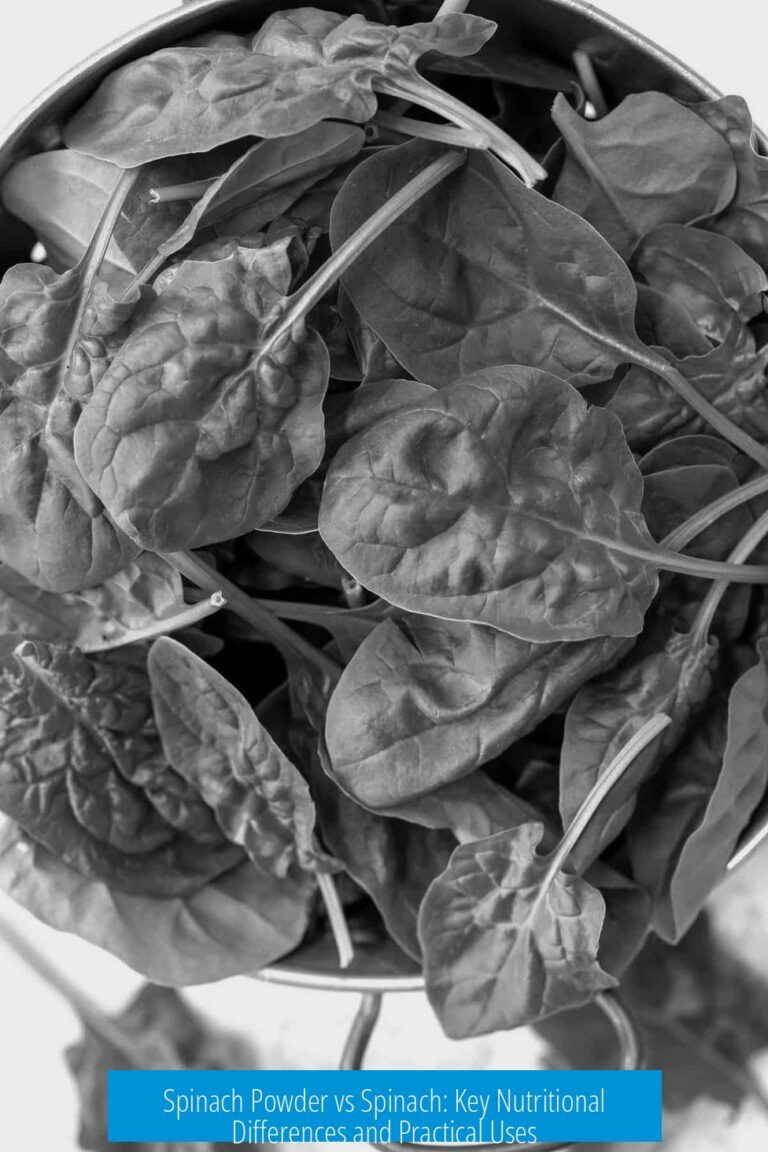Is Diatomaceous Earth Really Safe?

Diatomaceous earth (DE) is safe when used properly but poses health risks mainly through inhalation of fine silica dust. The safety depends on the form of silica it contains and how it is handled. Food-grade DE contains mostly amorphous silica, considered less harmful, while industrial grades may have higher, hazardous crystalline silica.
Composition and Types of Diatomaceous Earth
Diatomaceous earth is made of fossilized remains of diatoms, a type of microalgae. It is mostly amorphous silica with some crystalline silica present in varying amounts. The crystalline form poses greater health risks, especially with inhalation.
- Food-grade DE has minimal crystalline silica (typically less than 1%) and is relatively safe if not inhaled.
- Industrial-grade DE can contain higher crystalline silica, making it a significant inhalation hazard.
- Silica in amorphous form does not cause the same irreversible lung damage as crystalline silica according to limited studies.
Inhalation Risks and Silicosis
Inhaling fine silica particles, especially crystalline silica, can lead to silicosis, a serious lung disease. This risk remains regardless of DE’s origin. Particle size plays a crucial role in its hazard potential.
- Fine particulate matter (PM2.5) penetrates deep into the lungs and increases silicosis risk.
- The main danger is breathing in dust from handling dry powder form; it can cause lung inflammation and scarring over time.
- Proper protective equipment like dust masks or full-face respirators is recommended during handling.
- Vacuuming can disperse dust; mopping and wet cleaning reduce airborne particles.
Oral Consumption and Safety

Food-grade DE is ingested by some individuals, although scientific support for health benefits remains limited. It is generally considered non-toxic when swallowed, but benefits are anecdotal and unproven.
- Some users report better skin, hair, and teeth health from food-grade DE consumption.
- No known direct toxic effects from swallowing food-grade DE in typical amounts.
- Not all “food-grade” label products guarantee safety; always verify crystalline silica content.
- There is no clear evidence that DE cures diseases or provides nutritional benefits.
Use as Insecticide and Around Food
DE is effective as a mechanical insecticide. It kills insects by dehydrating and abrading their exoskeletons. Its use around food and animals requires caution.
- Used to control pests on plants, in animal feed, and food storage areas.
- Application near food should use food-grade DE to avoid contamination risks.
- The same abrasive quality harmful to insects raises concern about inhaling dust.
Conflicting Opinions and User Experiences
Users report varied experiences with DE safety and effectiveness. Scientific literature mainly supports caution with inhalation, but some anecdotal claims of health benefits persist.
- Some describe it as harmless like flour; others warn about carcinogenic risks from dust exposure.
- Reports of irritation and unpleasant odors suggest sensitivity in some cases.
- Scientific studies differentiate amorphous silica as less hazardous but recommend controlled use.
Practical Advice and Precautions
Work with DE safely by minimizing dust exposure. Follow guidelines to reduce inhalation risks and contamination.
- Always wear a dust mask or respirator when handling dry powder.
- Clean surfaces with damp cloth or mop instead of vacuuming to reduce dust spread.
- Store DE in sealed containers and avoid activities generating airborne dust near people.
- Use food-grade DE for applications involving ingestion or food contact.
Historical and Miscellaneous Uses
Diatomaceous earth finds applications beyond pest control and health, including filtration, abrasives, and industrial uses.
- Water filtration, toothpaste mild abrasive, and filtration aid in laboratories.
- Component in cosmetics, plastics, rubber, and as soil additive.
- Effective in pool filtration and as a stabilizer in explosives.
Key Takeaways
- Diatomaceous earth is primarily amorphous silica with some crystalline silica; safety depends on form and exposure.
- Inhalation of fine crystalline silica dust poses serious lung risks such as silicosis.
- Food-grade DE is less hazardous but should not be inhaled and is generally safe for oral use in moderate amounts.
- DE’s insecticidal effect is mechanical; it poses a health risk if dust is inhaled during application.
- Proper protective gear and cleaning practices reduce dust exposure and health risks.
- Scientific consensus urges caution, especially with inhalation, despite some conflicting anecdotal claims.
Is diatomaceous earth safe to inhale?
Inhaling diatomaceous earth, especially the crystalline form, can cause lung problems like silicosis. Food grade has low crystalline silica but still should not be breathed in. Use masks and avoid dust exposure to reduce risk.
Can I consume diatomaceous earth safely?
Food grade diatomaceous earth is considered safe to ingest in small amounts. Some use it for parasite control and claim benefits, but scientific evidence is limited. Non-food grade should never be eaten.
Does diatomaceous earth harm pets or plants when used as insecticide?
It kills insects by drying them and damaging their exoskeletons. It is safe for pets and plants when food grade is used, but avoid inhaling dust during application.
How should I handle diatomaceous earth to stay safe?
Wear a dust mask or full face mask when handling dry powder. Mop surfaces after use instead of vacuuming to prevent dust spreading. Keep exposure minimal and clean thoroughly.
Is there scientific consensus on the safety of diatomaceous earth?
Opinions vary. Some studies and users report no harm in proper use, while others warn risks from inhalation of fine particles. Safety depends on the type and exposure level.





Leave a Comment